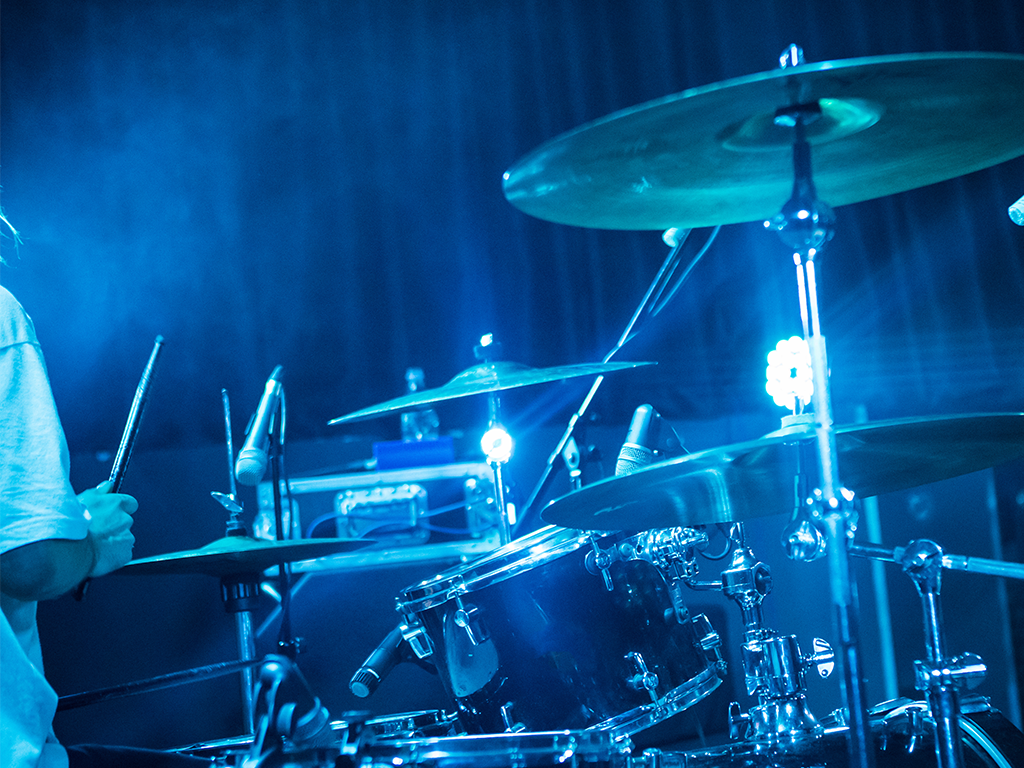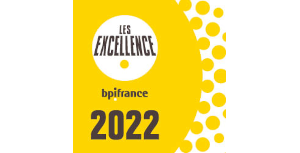In a case recently ruled by the Paris Judicial Tribunal on April 5, 2024, a photographer contested the use of his photographic works by the production companies associated with the rock band Superbus. While the ruling upheld the originality inherent in the photographer's images, the judges had to define the scope of the rights assigned in the absence of clear stipulations on this point.

Case Summary
On June 25, 2019, a professional photographer took photographs of the Superbus music group members as part of the promotion for the group's 20th-anniversary tour, subsequently consenting to their use through an author's rights assignment dated July 2, 2019.
Believing that his photographs had been exploited outside the scope of the agreement —notably for a single's cover, on Superbus's official website, and various merchandising products — the photographer initiated legal proceedings against the band's production companies for copyright infringement.
Assessment of the originality of the photographs
The defendants argued that the photographer had made no creative effort and had simply followed the instructions of the members of the group concerning adjustments, subjects, framing, lighting, composition, etc. for the photographic shots, claiming that the photographs were therefore devoid of originality and could not benefit from copyright protection.
However, no evidence was produced to prove that such instructions had been imposed on the photographer, and the judges rightly pointed out that the originality of photographs is not invalidated simply because photographs have been ordered in accordance with a set of specifications.
The Court ruled instead that the photographs at issue were the result of discretionary choices made by the photographer, displaying a distinctive aesthetic characterised by:
- monochromatic unit,
- side lighting of faces,
- intense contrasts with a very bright background,
- varied poses that deliberately emphasise the unique expressiveness of the musicians' faces and figures,
- he particular positioning of the members of Superbus.
In addition, the decision pointed to the lack of such features in the earlier group photographs, thereby establishing that the general aesthetics of these images did not predate the group's promotional communications.
The Court therefore considered that this set of arbitrary choices sufficiently established the originality of the photographs, giving them copyright protection.
Validity of the Copyright Assignment
The assignment clause contained in an ‘author's note’ drafted by the photographer was approved by the Court, despite its brevity, as the essential conditions listed in article L.131-3 of the French Intellectual Property Code had been met (notably listing of the rights assigned, geographical extent and duration of the assignment).
The debate mainly concerned the scope of the rights assigned. The photographer argued that the photographs were only to be used for posters for the tour in question, but the assignment documented in the ‘author's note’ did not specify the nature of the exploitation media.
The Tribunal had to deduce the intention of the parties by examining all the relevant documents, noting the following:
- the plaintiff received a quotation to take photos of the group ‘for the 20th anniversary tour’, explicitly for use as posters and ‘promotional photos’,
- he delivered 18 photographs and assigned his rights to use the ‘Superbus shots’ for three years in France, without differentiation according to the type of media.
Given the plurality of the photographs and the three-year term granted, the Court found that the photographer could not reasonably claim to have intended to assign the rights associated with the photographs exclusively for use as promotional tour posters, which would only have been used for a few months.
Thus, the use of the photographs was to be interpreted as including any promotional use related to the tour.
Acts of Infringement
The photographer pointed out that the partial reproduction of one of his photographs for one of the group's single covers had not been produced to promote the group's tour. The Court therefore considered that this use constituted an act of infringement, recognising that :
- it fell outside the scope of the assignment granted,
- and that, in addition, right to the respect of the work's integrity had been compromised (the partial reproduction of the image in question had the effect of rendering the original shot unrecognisable, thus distorting its subject and composition), as well as its right to attribution (the photographer's name was only credited in connection with the tour poster, and not with the other promotional uses carried out).













